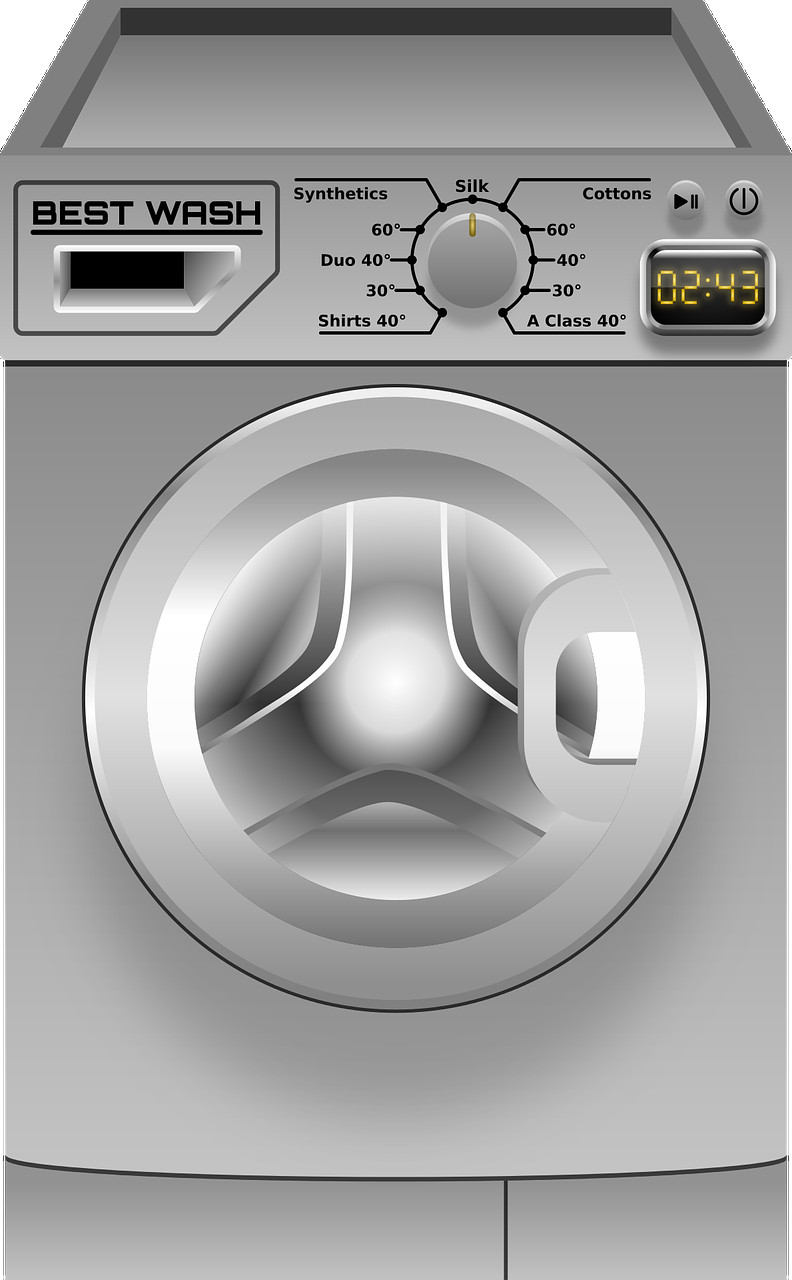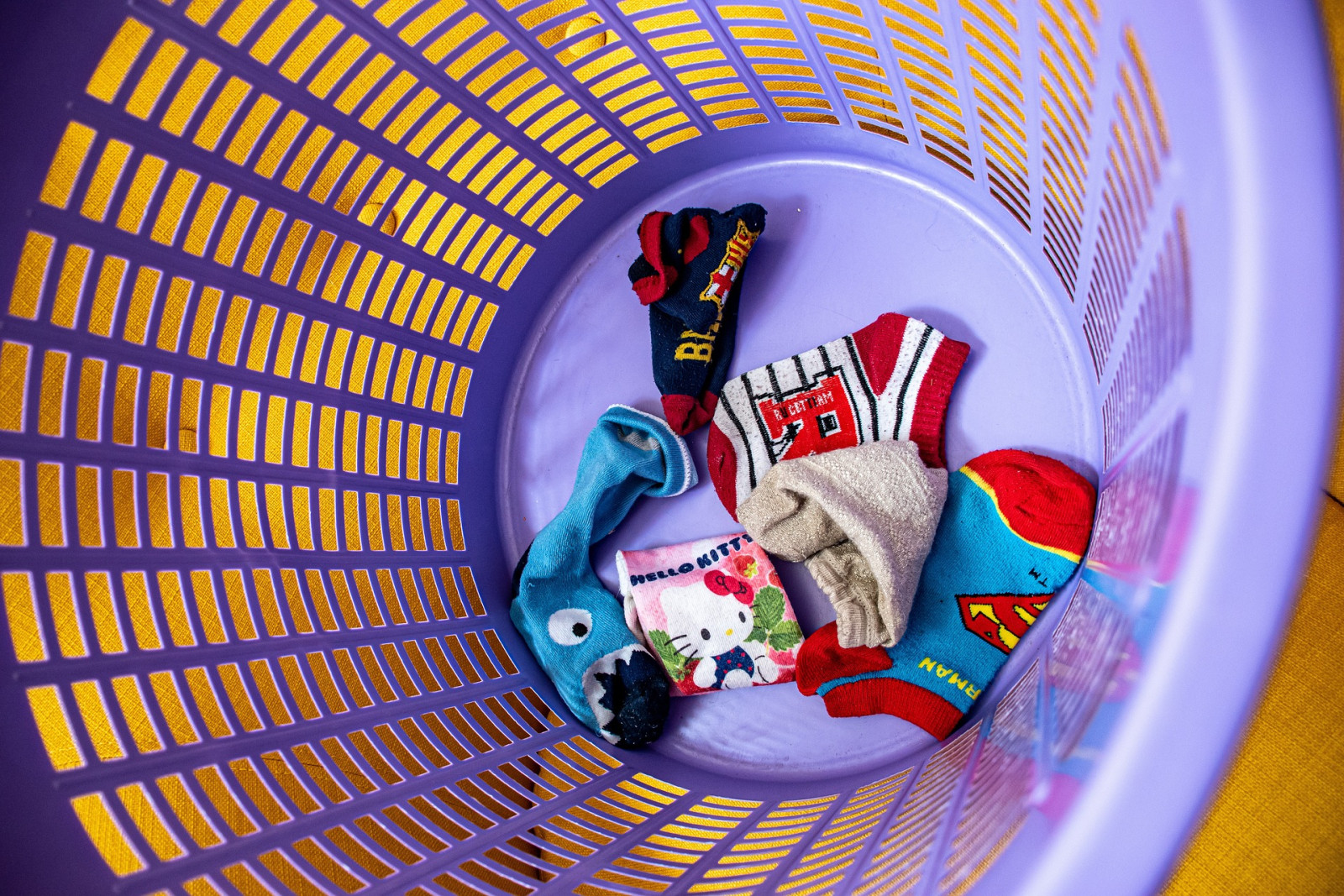
There are so many toxins everyone should be aware of in laundry detergent, I will be doing a series of blogs. When I was first learning about this, I needed time to think and process it all and getting bite-sized pieces of information helped me not get overwhelmed as I started to read labels and implement what I was learning. I have some questions for you:
What does your laundry detergent have in it? Are all the ingredients on the label? Do you know what you are putting on your clothes, beds, and breathing in constantly? Do you know and/or are you willing to find out?
Toxins in Laundry Detergent
Laundry detergent is one of the most common household products that contain toxins. A big toxin found in laundry detergent is 1,4-dioxane. This substance is a known carcinogen, and exposure to it has been linked to an increased risk of cancer. Additionally, laundry detergent often contains fragrances, which can trigger allergies and respiratory problems. But that is not all. There are many!
Health Risks of Toxins in Laundry Detergent
The health risks associated with exposure to toxins in laundry detergent are numerous. One concern is that your clothes off-gas in your closet and your home, as well as on your body all day, every day. You really can't get away from the constant barrage of chemicals. (FYI - it takes more than 10 washings for me to get out the smell/fragrance when we are given a piece of clothing). With some ingredients causing cancer, others causing allergies, headaches, and respiratory problems, and still others causing endocrine disruption, reproductive toxicity, and developmental toxicity, it's no wonder moms are waking up and saying "NO!"
How to Avoid Toxins in Laundry Detergent
There are a few ways that you can avoid exposure to toxins in laundry detergent. First, you can choose to use natural or eco-friendly laundry detergents that do not contain harmful chemicals. Second, you can make your own laundry detergent at home using simple ingredients like baking soda, vinegar, and essential oils. Finally, you can air out your laundry room after doing laundry to help ventilate the area and reduce your exposure to toxins (although this is not the best option, it's better than nothing).
What to Do if You Are Exposed to Toxins in Laundry Detergent
If you are exposed to toxins in laundry detergent(i.e. it spills on your skin), there are a few things that you can do to minimize the health risks. First, if you have any symptoms like difficulty breathing, you should seek medical attention immediately (on the way there, I love the aroma of R.C, or Breathe Again). Second, you should remove any clothing that has come into contact with the laundry detergent. Finally, you should wash any exposed skin, especially if it is irritated, with water, water, and more water. Be sure to get it all off. It can give you a chemical burn if it is not washed off right away.
Warning about laundry pods!
I would not recommend any of these, but if you do use them, keep them well out of the reach of children! Did you know they can cause death when ingested? Read this article from poison control.
When I was first learning about toxins in household cleaners, I often didn't want to look at the next one - because I knew if I knew the ingredients and what they did to my family, I would have to change. But whether I knew or not, they were harming us. I finally opened my eyes to everything and made the necessary changes to protect my family and I am still learning! Stick with me for this series to learn more and you will be so blessed! We have felt the effects and it is only good when you change to better products!
My blogs contain some affiliate links.
Any purchase made is a blessing to my family at no extra cost to you!
Thank you for supporting us!


Read part 1 first.
Let's talk specific laundry ingredients!!! What causes the problems with laundry detergent?
Many of us don’t think twice about the laundry soap we use, but many commercial detergents contain a frightening array of hazardous chemicals that can harm our health. From asthma to skin irritation, it is important to be aware of the toxins lurking in our laundry soaps — and consider safer alternatives.
From endocrine-disrupting compounds to carcinogens, here are some of the common toxins found in laundry soap:
- Phthalates - These have been linked to reproductive problems, developmental problems (with unborn babies) and hormone disruption, as well as heightened risk of asthma and allergies in children.
- Fragrances & Dyes - Common synthetic fragrances like linalool, limonene and ethanol can cause headaches and excessive sneezing when inhaled; while dyes used to give ‘freshness’ may exacerbate skin rashes, respiratory distress, endocrine disruptions, and other reactions. Dyes potentially cause cancer, disrupt the immune system, and can cause hypersensitivity, or hyperactivity.
- Triclocarban & Triclosan - These two preservative ingredients are commonly found in antibacterial soaps, yet are increasingly being added to detergents. They have been associated with antibiotic resistance as well as risks for tumors, endocrine disruption and impaired fetal development.
- Sulfates & Chlorines - Also known as anionic surfactants and bleach respectively, these two substances are known for causing undue skin, lung, and eye damage.
- Ethoxylated Alcohols & Phenols - These synthetic compounds can cling onto fibers during washing processes which could then be absorbed into our bodies via skin contact when wearing clothing washed with them; hence posing a risk for organ damage over time! These persist in our clothes, environment, and our bodies, and the bioaccumulation can cause symptoms of exhaustion, muscle weakness, and pain.
One thing to watch out for is that each of these has many different forms and names. They may appear on the label as something unfamiliar, or they may not appear on the label at all. The word "Fragrance" is a catchall word that protects companies from disclosing their "proprietary" ingredients, and leaves the consumer in the dark.
It is clear that palm-sized bottles of laundry detergents can often be more hazardous than you might think — but thankfully switching out conventional soap for eco-friendly options isn’t too difficult either! Investing in natural products free from parabens, chlorine bleach or artificial fragrances may take a bit more effort than just popping into your local store — but your family’s health makes it more than worth it!
Want to look these up? Google the ingredient + dangers of. Or the ingredient + ewg.org. There are many ways to research, and it can be frustrating to find the truth when companies want it covered up.
My blogs contain some affiliate links.
Any purchase made is a blessing to my family at no extra cost to you!
Thank you for supporting us!

Explore the hidden threats lurking in your laundry detergent as we delve into five more toxic ingredients that could be impacting your family's health. Unbeknownst to many, 1,4 dioxane, sodium hypochlorite, EDTA, phosphates, and NPEs are all commonplace in common detergents and pose significant health and environmental risks. From cancer-causing contaminants and risks of skin and lung irritation, to environmental hazards like harmful algal blooms, these substances underscore the importance of making informed choices. Join us in uncovering how these chemicals affect not only personal well-being but also the planet, and discover how to keep your home and family safe through conscious product selection.
Read more...Have you ever examined the ingredient list on your laundry detergent bottle? As holistic moms, we care deeply about what we use around our families, and laundry detergent is a daily necessity. Let's explore two common toxic ingredients found in many detergents: NPEs and sulfates, and why you might want to avoid them.
NPEs, or nonylphenol ethoxylates, are chemicals used as surfactants to soften water and break down dirt. However, when NPEs break down, they turn into nonylphenols, which are toxic to both humans and the environment. These compounds can be absorbed through the skin or ingested via contaminated water, and are classified as endocrine disruptors, interfering with hormone function in both humans and animals.
Sulfates, such as sodium lauryl sulfate or sodium laureth sulfate, are responsible for the foamy suds we associate with "clean." However, they can be harsh on sensitive skin, especially when combined with other chemicals. Over time, sulfates can strip away the natural oils from skin and hair, leaving them vulnerable to environmental toxins, bacteria, and allergens, and causing dryness, irritation, and even eczema flare-ups in those prone to skin conditions.
Read more...If you're aiming to eliminate synthetic fragrances from your routine, transitioning to naturally scented or fragrance-free personal care products is a great start. Consider using unscented deodorants or those infused with natural essential oils, and opt for body lotions made with pure ingredients like shea butter or aloe vera. For hair care, choose shampoos and conditioners with 100% pure essential oils, steering clear of products containing synthetic "fragrance" or "parfum."
In maintaining a fresh home environment, switch to natural and unscented laundry detergents or those with essential oil-based scents. Wool dryer balls can replace traditional dryer sheets and can be customized with a hint of your favorite essential oil. Household cleaners can be substituted with natural alternatives made from ingredients like vinegar and baking soda, complemented with essential oils for a pleasant aroma.
Personal fragrances can be redefined by using genuine essential oils such as lavender or sandalwood, offering a unique and natural scent. Essential oil blends provide an aromatic experience without the overpowering effects of synthetic perfumes. Opting for these natural alternatives reduces exposure to harmful chemicals and fosters a healthier, more inclusive environment for everyone, especially those with sensitivities.
Read more...

